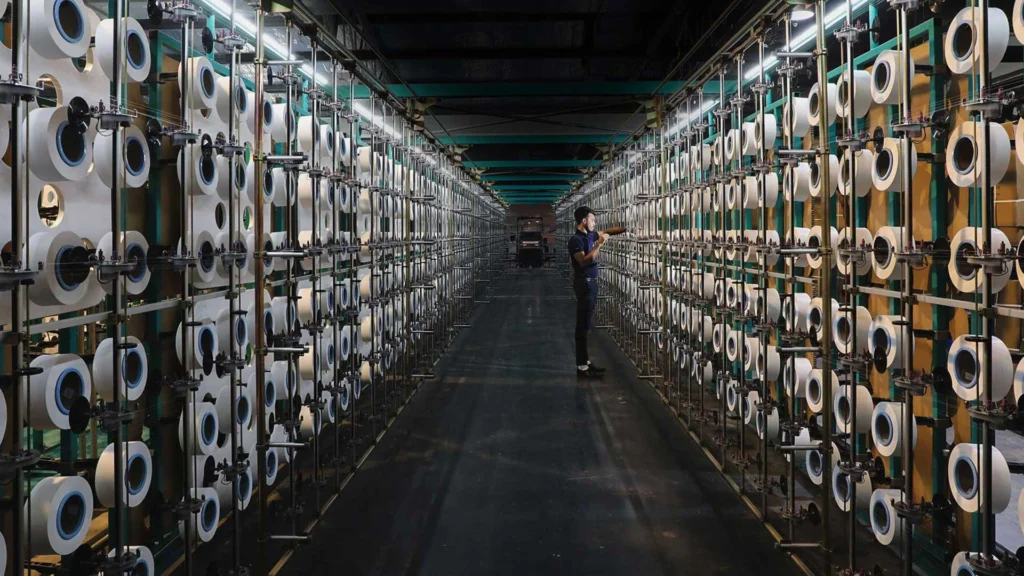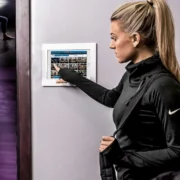The Future of Sustainable Activewear

MAS Holdings, a textile giant that works with activewear brands like Nike and Lululemon, is evolving according to consumer demands
As sustainability becomes a priority for both consumers and manufacturers, activewear is undergoing a significant shift. Nemanthie Kooragamage, director of group sustainable business at MAS Holdings, a Sri Lankan apparel and textile giant known for working with activewear brands like Nike and Lululemon, spoke with Athletech News about the changing landscape. With over 24 years of experience, Kooragamage spoke to ATN about how activewear is evolving according to consumer demands.

Credit: MAS Holdings
Redefining Activewear Through Sustainability
“Activewear is the most interesting space when it comes to sustainability,” Kooragamage told Athletech News. “The materials matter deeply to the consumer from a performance, durability, comfort and feel perspective. Today’s consumers also care about the environmental impact of what they wear, especially when it comes to brands that align with their values and purpose.”
Traditionally reliant on synthetic materials like polyester and nylon for their performance qualities, activewear is now being changed by advancements in recycled and circular materials. Kooragamage pointed to “performance naturals,” a new category of fabrics that combine the benefits of natural and man-made cellulose fibers with enhanced properties to meet the demands of high-intensity activities.
“These materials are changing the game,” she stated. “They allow us to create products that meet sustainability goals while maintaining the performance consumers expect in activewear.”
Driving Innovation in Activewear
MAS Holdings partners with textile disruptors like Ambercycle and HeiQ AeoniQ, which are helping it scale the use of sustainable materials without compromising on quality or cost.
Ambercycle specializes in textile-to-textile recycling, ensuring old garments can be transformed into new, high-performance materials. HeiQ AeoniQ develops renewable and recyclable yarns that maintain the strength and flexibility necessary for activewear.
“In the next 10 years, the activewear value chain will be redefined,” Kooragamage said. “We’ll see less reliance on finite resources and more focus on keeping materials in use through circularity and renewable sources.”
The Intersection of Fitness and Sustainability
For those in fitness, sustainability in activewear can be about aligning one’s values with their lifestyle. Kooragamage notes that activewear consumers are uniquely positioned to drive demand for sustainable products because they prioritize performance and purpose equally.
“Activewear consumers want products that perform under pressure, whether they’re running marathons or attending high-intensity fitness classes, but they also want to feel good about the impact their purchases have on the planet,” she explained.
A Vision for the Future of Activewear
Kooragamage sees the future of activewear as a blend of performance, durability and sustainability. The challenge, she noted, is to create products that meet high-performance standards while incorporating eco-friendly materials at scale.
“Activewear sits at a unique intersection of fitness and sustainability, and it’s an area with so much potential to create meaningful change,” Kooragamage concluded. “Consumers are demanding it, and it’s our responsibility to deliver.”



